Join on WhatsApp
Get the latest updates directly on WhatsApp – motivation, news & more!
Keeping basil fresh begins with how you harvest it. Many people simply pluck a few leaves here and there, but the key to a longer-lasting basil harvest lies in cutting the stems properly. Always harvest basil in the morning when the oils are most concentrated. Use clean, sharp scissors or pruning shears, and snip just above a leaf node. This encourages the plant to grow bushier and also gives you fuller sprigs to store.
Avoid bruising the leaves while harvesting. Basil is delicate, and any damage accelerates wilting. Never wash basil immediately after harvesting unless it’s visibly dirty. Excess moisture shortens its shelf life significantly.
Storing Basil Like Fresh Flowers
One of the simplest and most effective ways to keep basil fresh is by treating it like fresh-cut flowers. After trimming the ends of the stems, place the bunch in a glass or jar of water. Keep the leaves above the rim and ensure the stems are submerged. Change the water every day or two to prevent bacterial buildup.
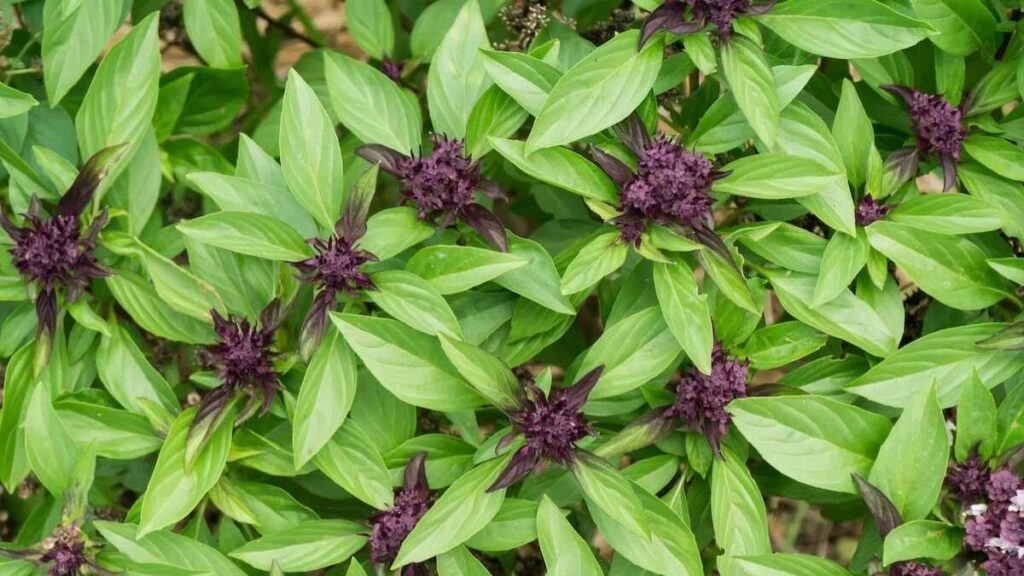
Leave the jar on the kitchen counter at room temperature. Unlike many herbs, basil does not like the cold and will turn black if refrigerated. You can loosely cover the basil with a plastic bag to trap humidity, which slows wilting. This method can keep basil vibrant and aromatic for up to a week or even longer, depending on indoor conditions.
Keeping Basil Fresh in the Fridge
While basil generally prefers room temperature, you can refrigerate it if your kitchen is too warm or humid. To do this, wrap the unwashed basil in a dry paper towel and place it inside a resealable plastic bag or airtight container. Store it in the warmest part of the fridge usually the door or top shelf.
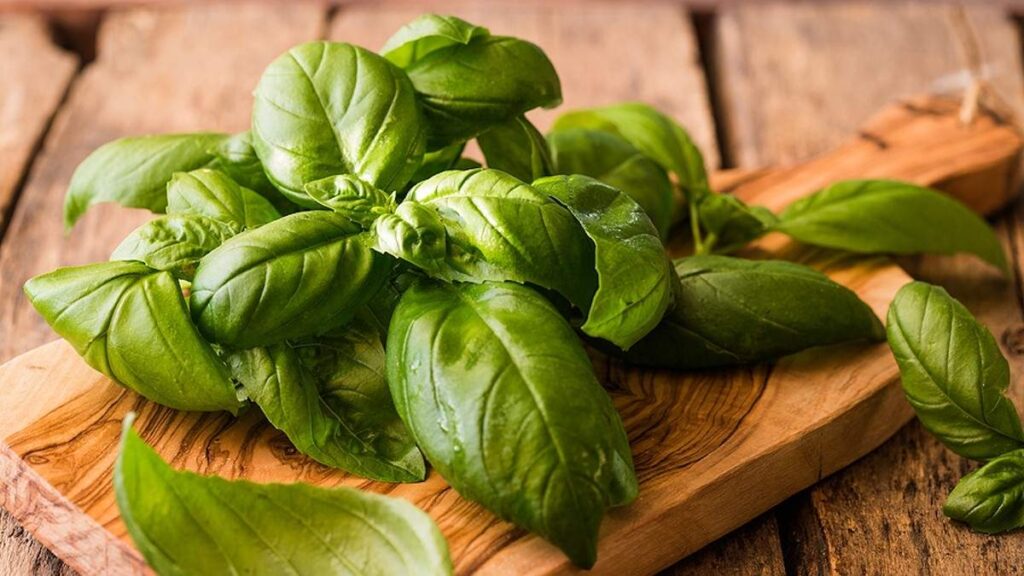
This method minimizes moisture and light exposure, which helps reduce oxidation and leaf darkening. Make sure to check it daily. If the paper towel becomes damp, replace it immediately to avoid mold growth. Under optimal conditions, basil can last up to five days in the fridge using this method, although some flavor loss is inevitable.
Freezing Basil for Long-Term Use
If you have more basil than you can use in a week, freezing is a smart solution. Start by blanching the leaves briefly in boiling water no more than five seconds then transfer them to an ice water bath to stop the cooking process. Pat dry thoroughly.
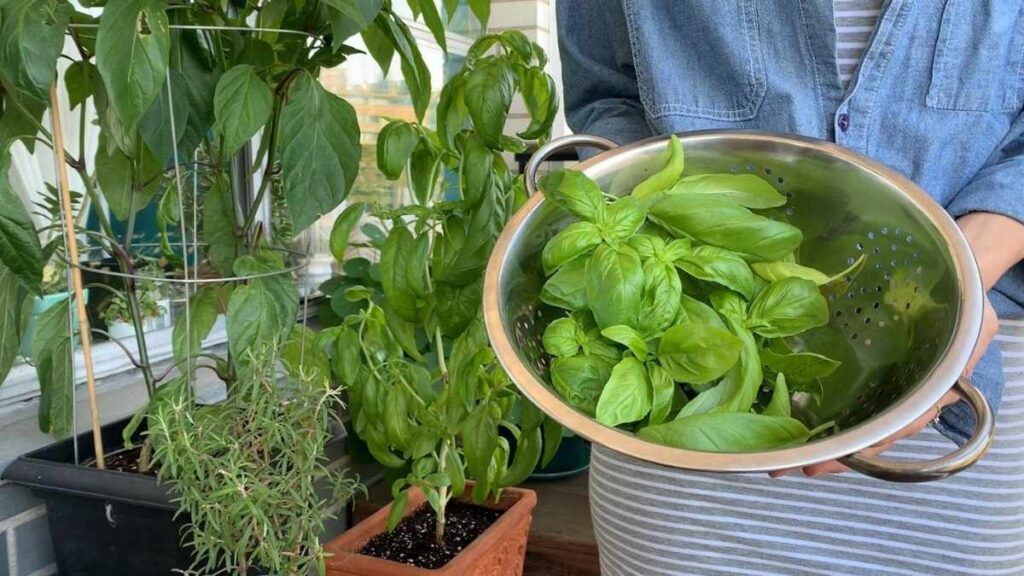
Once blanched and dry, you can freeze basil in a few different ways. The simplest is to spread the leaves on a baking sheet, freeze them flat, and then transfer to an airtight container. Another popular method is to chop the basil and mix it with a bit of olive oil, then freeze it in ice cube trays. Each cube becomes a ready-to-use portion for soups, sauces, or sautés.
Frozen basil won’t have the same texture as fresh, but it will retain its flavor well. This method is perfect for pesto lovers and cooks who like to have herbs on hand year-round.
Drying Basil Without Losing Flavor
Drying basil is another good preservation method, though it does change the flavor profile. To air dry, gather small bunches, tie them at the stems, and hang them upside down in a warm, dry area with good air circulation. Avoid direct sunlight, which degrades the essential oils.
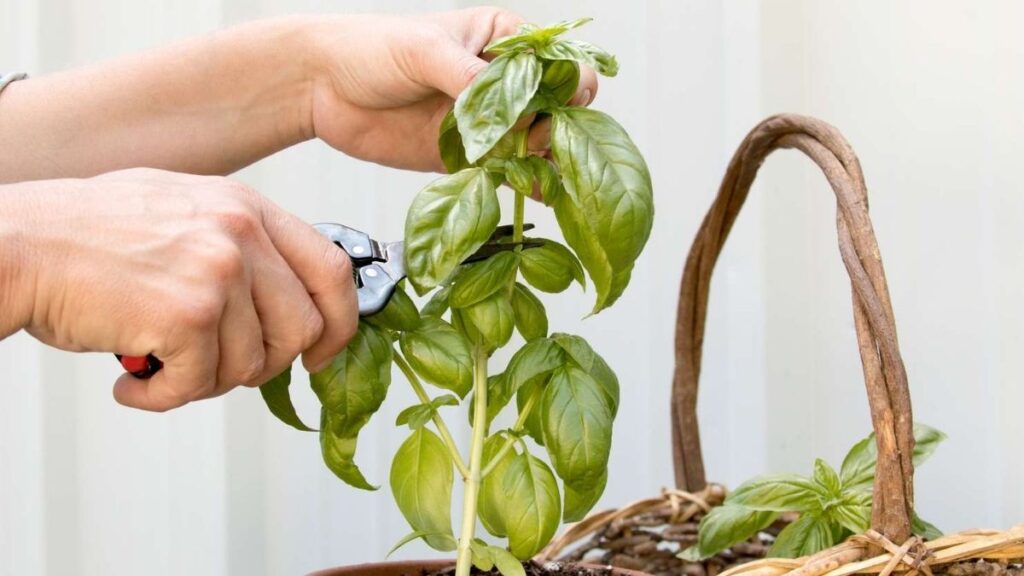
Once the leaves are fully dry usually within a week remove them from the stems and store in an airtight jar away from light and heat. For quicker results, you can use a dehydrator set to a low temperature. Some also use the oven, set at its lowest setting with the door slightly open.
Keep in mind that dried basil has a more subdued flavor than fresh. It works well in slow-cooked dishes but may not offer the same brightness in raw preparations.
Making Basil Oil or Vinegar
Infused oils and vinegars are creative ways to extend basil’s shelf life while adding unique touches to your cooking. To make basil oil, gently heat fresh, clean basil leaves with olive oil just until aromatic do not let it simmer. Allow the mixture to cool, strain it, and store the oil in a clean glass bottle in the fridge.
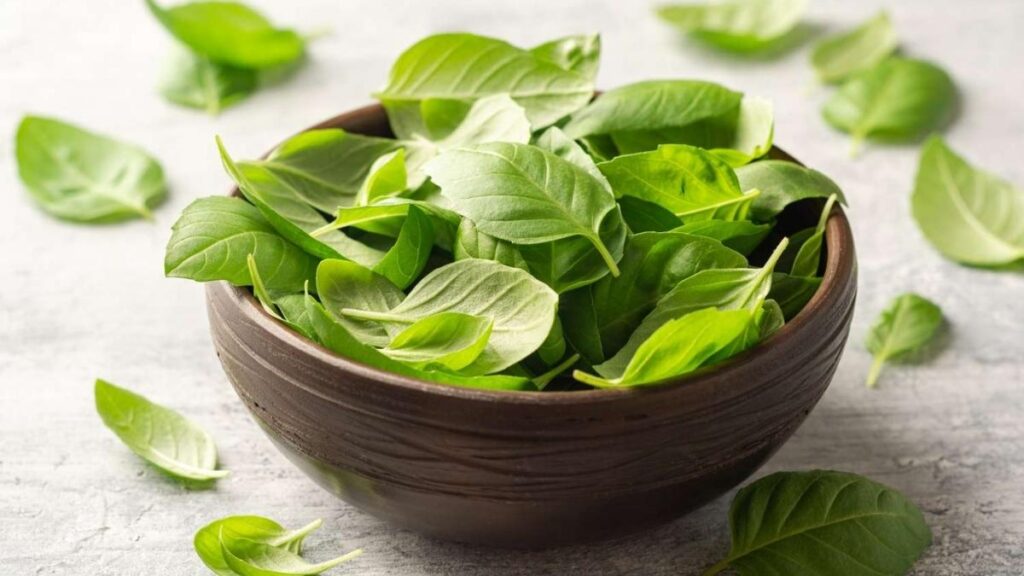
Basil vinegar is made by placing a handful of fresh basil into a clean jar and covering it with white wine vinegar or apple cider vinegar. After a couple of weeks in a cool, dark place, strain the vinegar and rebottle it.
These infusions capture the flavor of basil in a stable, shelf-friendly form, ideal for salad dressings, marinades, or finishing oils.
Keeping Basil Plants Indoors
Sometimes the best way to keep basil fresh is not to harvest it all at once. Keeping a small basil plant indoors allows you to snip leaves as needed while keeping the rest of the plant alive and thriving. Choose a sunny windowsill with at least six hours of light per day, and water regularly but avoid letting the roots sit in standing water.
Pinch back the tips regularly to encourage bushy growth. Avoid letting the plant flower, as this changes the flavor of the leaves and signals the end of the plant’s life cycle. Indoor basil may not grow as large as outdoor basil, but it can provide a steady supply of fresh leaves throughout the season.
Using Basil Before It Goes Bad
Even with the best storage methods, fresh basil has a relatively short shelf life. The key is to use it creatively and frequently. Add it to more than just pasta and pesto. Toss it into salads, fold it into scrambled eggs, or mix it into homemade dressings. Blend basil with citrus juice for a zesty marinade or use it to flavor sparkling water.
You can also preserve it in compound butters or mix it into homemade mayonnaise. Basil ice cream, though unconventional, is surprisingly refreshing and makes good use of excess leaves.
Knowing When Basil Has Gone Bad
Fresh basil should be vibrant green and fragrant. When it begins to turn dark, wilted, or slimy, it’s time to discard it. A few bruised leaves can be salvaged for cooking, but any signs of mold or foul odor mean the whole bunch should go.
Trust your senses. If the leaves have lost their scent or feel limp and soggy, their best days are behind them. At that point, it’s better to compost them or toss them than to risk unpleasant flavors or worse, foodborne illness.
Final Thoughts
Basil is a delicate yet versatile herb that adds life to countless dishes. Keeping it fresh after harvest requires just a bit of care and attention, whether you choose to store it in water, wrap it in paper towels, or freeze it for later use. With these simple techniques, you can make the most of every basil leaf and enjoy its bold flavor long after the harvest.




